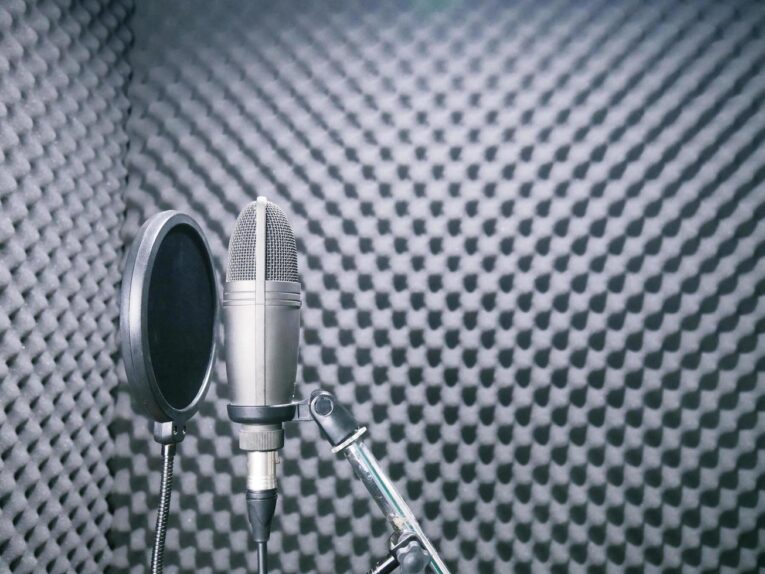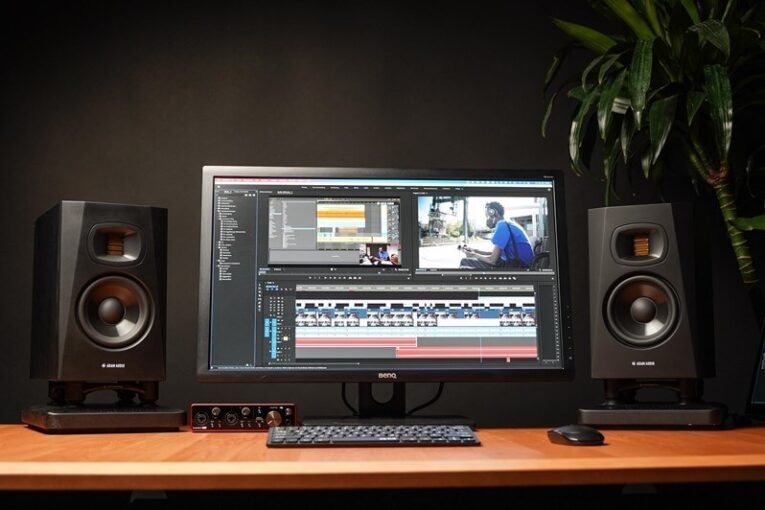Essential Tips for Capturing the Best Sound From Your Vocal Microphone
In the world of sound engineering, capturing the best sound from a mic is essential to a production’s success. Great sound quality is key to making sure that a production stands out and provides a quality listening experience to the audience. It is therefore essential that producers and engineers understand the basics of how to get the best sound from it.
In this blog post, we will be discussing some essential tips for capturing the best sound from your vocal microphone, so that you can ensure your productions are sounding their best. We’ll be covering topics such as microphone placement, audio compression, EQ settings, and more. With these tips, you’ll be able to get the most out of your vocal microphone and create the best possible sound for your production. So, if you’re looking for tips on how to capture the best sound, then read on!
Select the correct vocal microphone for the job

When it comes to capturing the best sound from your vocal microphone, the first step is to select the correct microphone for the job. Depending on your needs and budget, there are a wide range of microphones available from various manufacturers. Studio microphones, like condenser microphones, are great for capturing a detailed, rich sound.
Dynamic microphones, on the other hand, are better for live performances, as they are able to handle more volume without distortion. It’s important to understand the differences between these types of microphones and make an informed decision when selecting the best one for your needs.
Use proper positioning and technique when recording vocals
Proper positioning and technique are key to capturing the best sound out of a vocal microphone. The microphone should be placed at a distance of approximately 6 to 12 inches from the vocalist’s mouth, with the head of the microphone pointed slightly downward towards the vocalist’s mouth.
It is important to have the vocalist speak or sing into the side of the microphone, as this will help to reduce any unwanted sounds from other sources. Additionally, it is important for the vocalist to ensure their mouth does not come into contact with the microphone, as this can cause a muffled sound or unwanted noise.
Incorporate acoustic treatment to reduce sound reflections

Another important tip to ensure the best sound recording from your vocal microphone is to incorporate acoustic treatment. Reflections of sound waves bouncing off the walls and other surfaces in the room can cause interference, resulting in a muddy and distorted recording.
By setting up acoustic treatment, you can reduce these reflections while still preserving the room’s ambience. This can be done by using foam pads or panels, bass traps, and other specialized equipment. You can also consider using a vocal booth if you have the space.
Adjust the sound and gain levels on the microphone
Adjusting the sound and gain levels of your vocal microphone is essential for achieving optimal sound quality. Before you begin recording, adjust the sound and gain of your microphone using the sound level meter on your audio device. When setting the sound and gain levels, be sure to check the sound level meter to ensure that the sound is not too loud or too quiet.
Keep in mind that you can always adjust the sound and gain levels while you are recording; however, it is important to start with the correct levels to ensure the best sound quality.
Monitor the sound regularly and adjust as needed

Once you have the correct vocal microphone set up and the necessary soundproofing in place, it’s important to monitor the sound regularly and adjust as needed. You may choose to use a headphone monitor to ensure that you are hearing the audio as your microphone is capturing it.
It’s also wise to listen to your recordings after the fact to make sure that your sound is as close to perfection as possible. It can be helpful to make a few adjustments over time, such as decreasing the gain on the microphone, to ensure that you are getting the best possible sound from your vocal microphone.
Conclusion
In conclusion, capturing the best sound from your vocal microphone requires an understanding of the different types of microphones, the right positioning and distance, and the right settings. With these essential tips in mind, you’ll be able to achieve the best sound quality from your vocal microphone and make your recordings stand out.
